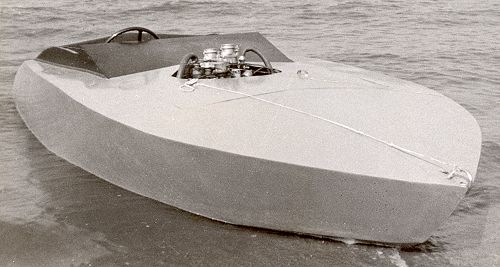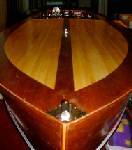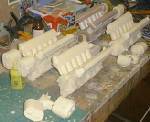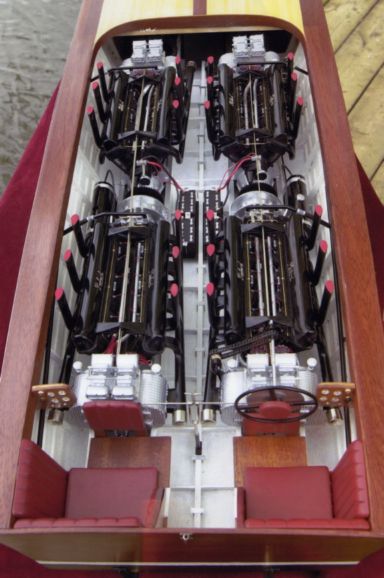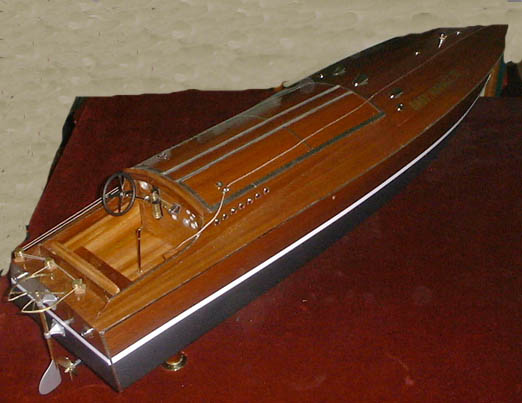Contrary to popular belief, there was quite a fashion for mahogany lovelies on this side of the pond, too.
Many of the better known boats are Slipper Launches of one kind or another, but there were particular styles which contained as much fine craftsmanship in timber and fittings as a Hacker or a Greavette and that has spawned a few specialists in restoration up and down the country.
Gibbs were builders of some very fine river launches, seen on the Thames and Isis. Some were seen on the Trent or the Severn. Britain doesn’t have that many places for fast runabouts and so the fine launch for day trips and picnics became the thing.
Other makers were Taylor’s of Cheshire and Andrews of Bourne End. Makers of the famous slipper launch, Andrews also made a version with raised aft end and cabin known as day launches. These turn up in some numbers at the Thames Classic Boat Regatta at Henley each year. A good example is Josephine, now hired out by Freebody at Hurley
Another style of wooden launch popular in England was the beaver sterned saloon, also a river type.
On a larger scale is Genevieve, a saloon launch with internal “services”
It should be remembered that England does not posess the plethora of lakes for public use that are found in such number in Canada and America and so high speed boats were restricted mainly to inshore and estuarial contests, only a few lakes like Windermere being allowed for high speed use. Consequently, our sports boats are much smaller, to meet restrictive towing laws and the ever present price of fuel.
Nonetheless, we did have some fine boats like Healey Sportsboats, Fenn and Wood, Tremlett speedboats and a whole range of plywood based outboard sports and speed boats.
Also popular before and just after the War were one design classes of hydroplane racing.
The Darby One Design was designed for use at Oulton Broad, near Lowestoft in Suffolk. it was also used at Nottingham, no longer a venue.
And the 1 1/2Litre Whippet with any 1500 cc. car based engine was popular for a while. Indeed, Steve Mills is now building an occasional replica based on plans held at the Pitsea Powerboat Museum, now sadly also lost.
Just a selection of typically British boat types which nonetheless show a feel for style and purpose all from wood. Pretty rich pickings for a modelmaker like me. There are many boats taken up by modelmakers in the States, but perhaps I should concentrate on the very English kind of boat.
and her driver, Henry O’Neal De Hane Segrave, a true British hero.






